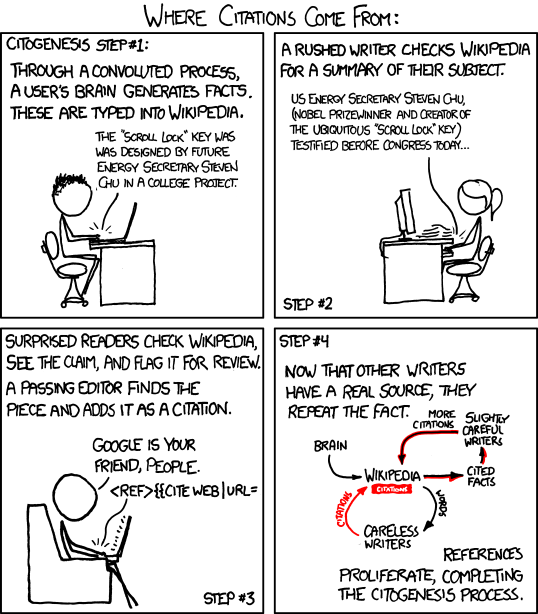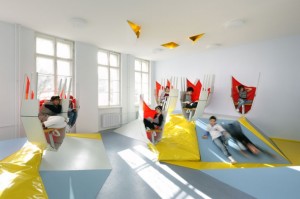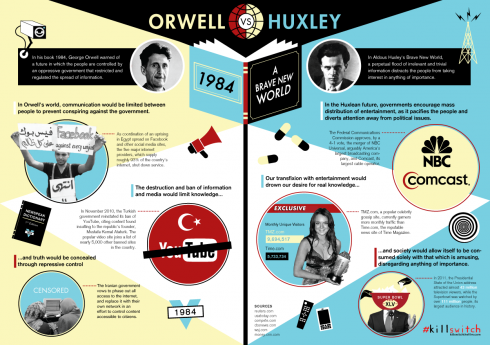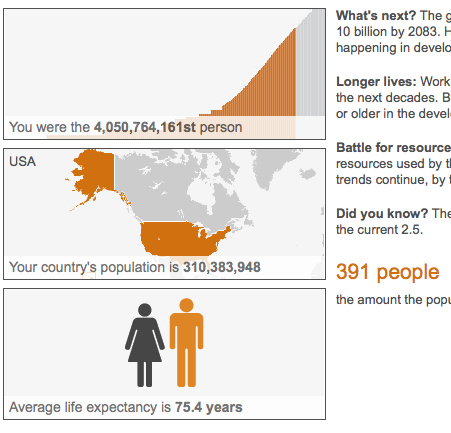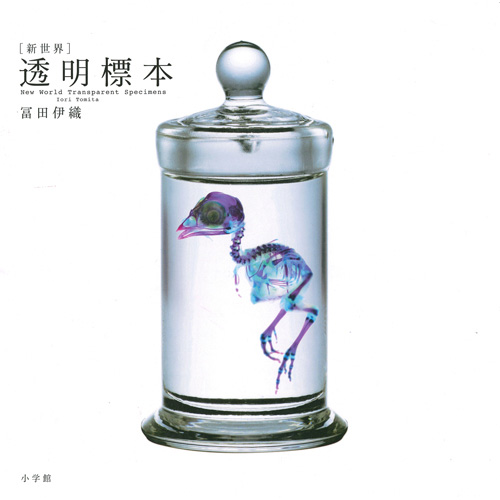Dana Goldstein posts a critique of liberal homeschooling (and, by inference, of private schooling as well).
The crux of her argument is collective (for the greater good); having middle class kids (who often have highly educated parents) benefits the poorer kids in the public schools and thus society at large.
… “peer effects” have a large impact on student achievement. Low-income kids earn higher test scores when they attend school alongside middle-class kids, while the test scores of privileged children are impervious to the influence of less-privileged peers. So when college-educated parents pull their kids out of public schools, whether for private school or homeschooling, they make it harder for less-advantaged children to thrive.
— Goldstein (2012): Liberals, Don’t Homeschool Your Kids in Slate
She backs up her argument with evidence (Schwartz, 2010) that mixed income schools show better outcomes. The fact that school funding and populations come from distinct geographic districts, some of which may be rich while others are poor, is a major part of the problem.
However reasonable the argument is for society at large, it’s going to be a hard argument to make to homeschooling parents who choose that option because of how bad they see the public schools as being. She’s not just asking for some shared sacrifice, but for having parents risk sacrifice their kids’ education.
Until the public schools change in the more progressive directions that these homeschooling parents have a problem with, I don’t think she’ll get much traction. For her idealism I’ll give her the last word, but I suspect that she’s got it backwards.
If progressives want to improve schools, we shouldn’t empty them out. We ought to flood them with our kids, and then debate vociferously what they ought to be doing.
— Goldstein (2012): Liberals, Don’t Homeschool Your Kids in Slate
